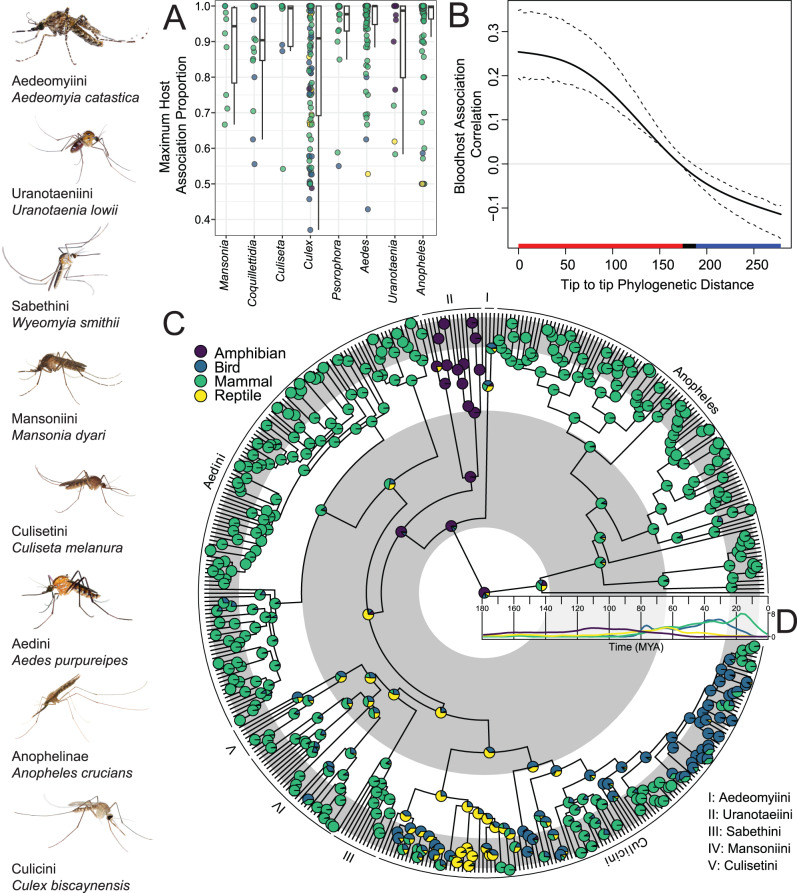Fig. 2. Macroevolutionary analyses of host associations for blood-feeding in mosquitoes based on 293,308 bloodmeal records from 422 different mosquito species.
A The maximum host association score among several genera indicating that many genera have a high degree of class-level host association, although there are exceptions. Each point is a species in a given genus. Boxplots for each genus show median max host association values as black bars, along with interquartile ranges as boxes. Whiskers are drawn to +/−1.5 times the interquartile range. B Vertebrate host association contains significant phylogenetic signal as estimated by a phylogenetic Mantel test (shown) and multivariate Blomberg’s K = 0.06, P < 0.027. Among the Culicinae, closely related species have more similar blood-hosts, as indicated by the red bar (significance at an alpha value of 0.05), while more distant lineages differ in blood-host, as indicated by the blue bar. Dashed lines are bootstrapped (1000 replicates) 95% confidence intervals around the estimate of phylogenetic signal (shown as a solid line). C Ancestral state reconstruction on blood-host association in the Culicidae. Our models suggest an amphibian feeding ancestor for all Culicidae. Gray and white bands indicate geologic time periods. D Origin and diversification of extant family-level lineages from major vertebrate classes reconstructed from mean lineage through time estimates from VertLife.org posterior phylogenetic estimates. Many major extant lineages of reptiles and amphibians originated during the Jurassic and Cretaceous92,93, while most modern mammals and birds originated in the late Cretaceous and Paleogene33,91.

